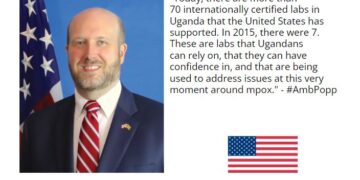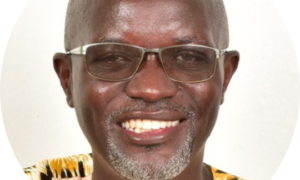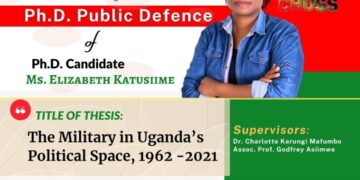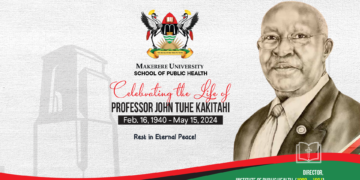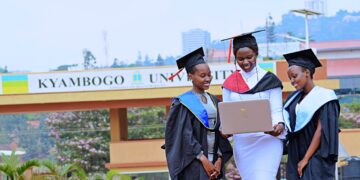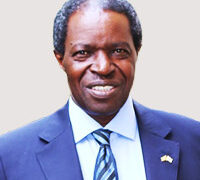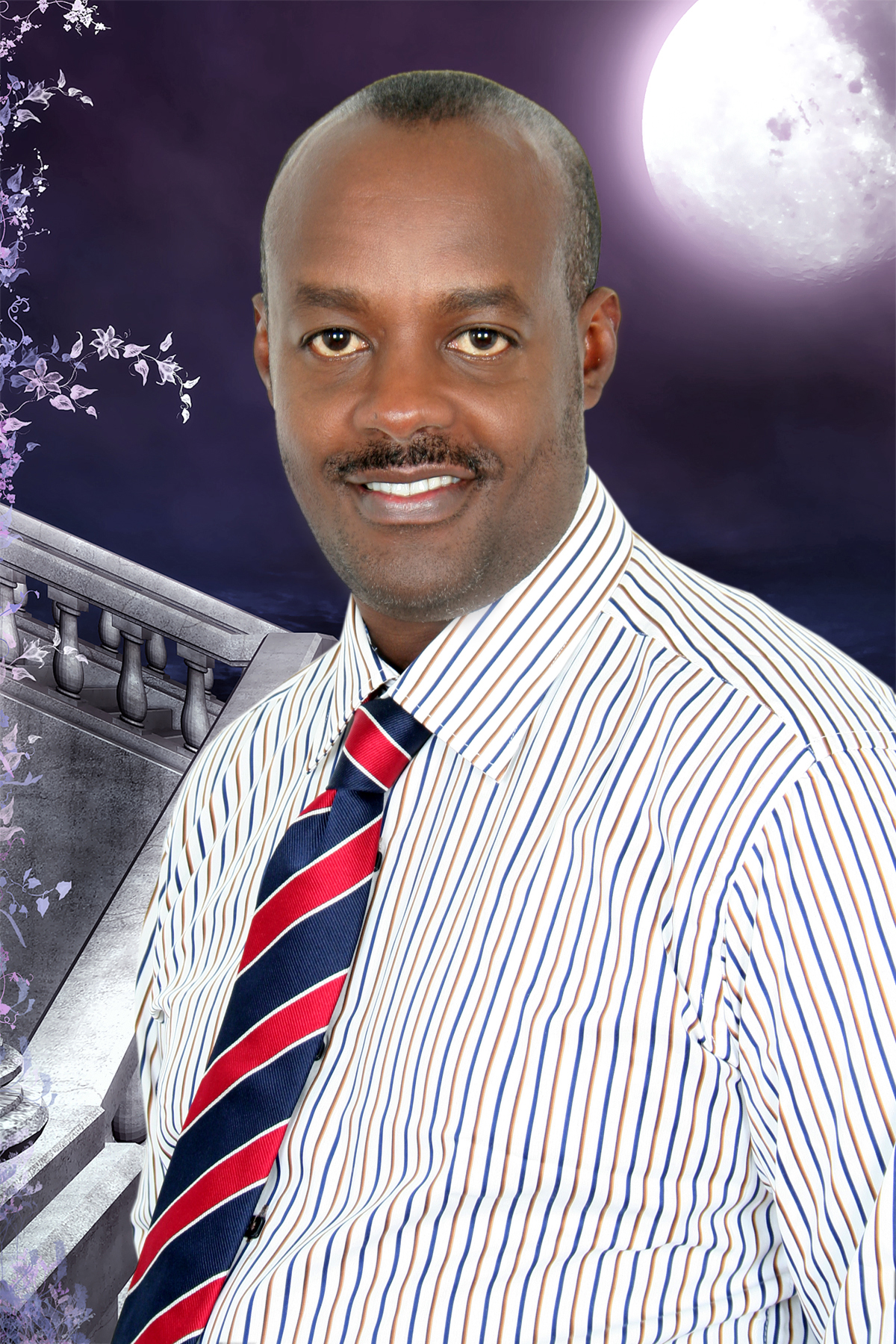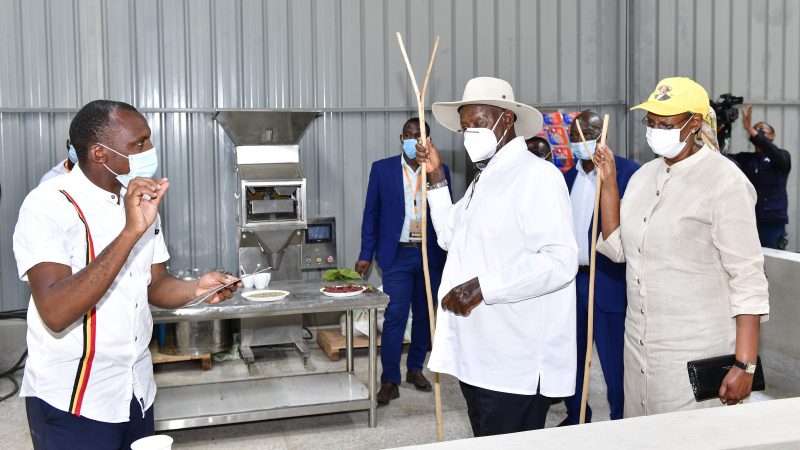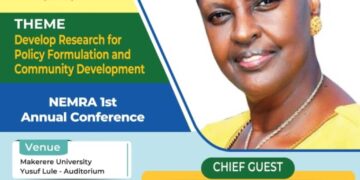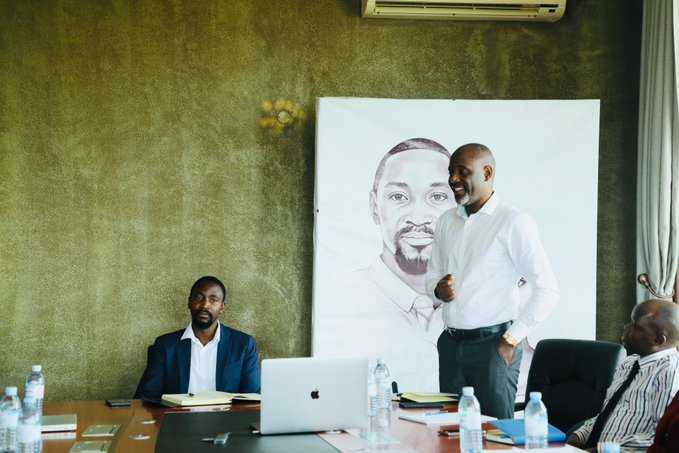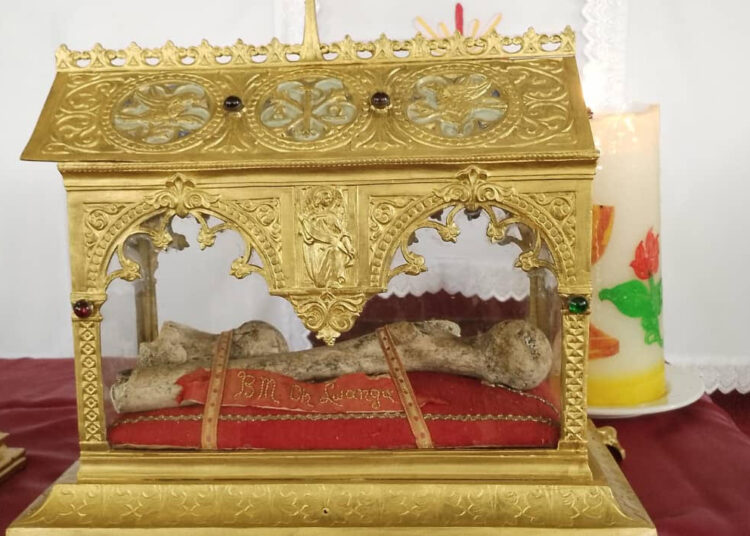By David N. Tshimba, Ph.D.
Uganda Martyrs University plans to hold the first-ever historical exhibition on the Uganda Martyrs to mark the 60th Anniversary of Canonization.
The exhibition, which will showcase rare relics of the Uganda Martyrs that Ugandans have never seen before, has been scheduled to take place From September 14th to October 31st, 2024 at the university’s Rubaga campus, in Kampala City.
Uganda Martyrs were canonized in St. Peter’s Basilica in Rome in 1964 and from then on, their legacy has transcended borders and continents.
In the second half of the 19th Century, the Kingdom of Buganda witnessed the spread of two Abrahamic religions, namely Islam and Christianity.
It was arguably the most pre-eminent pre-colonial state in East Africa’s interior at the time. Christianity, on its part, came to Buganda in two varying denominations, namely Roman Catholicism and Anglican Protestantism.
The resultant influence of these foreign religions at the Kingdom’s royal court will be epoch-making. English explorer Henry Morton Stanley met Kabaka Muteesa I at his royal court in April 1875. By the time Stanley arrived in Buganda, Muteesa 1 was a practicing Muslim.
Soon after their interaction, Muteesa I reportedly addressed a letter (first written in Luganda language and dated 14 April 1875) to Queen Victoria of England: “Please send me trustworthy persons who will not betray my country and who will not lead my people to bad behavior….Send me some teachers of religion so that I may understand God.”
Stanley later brought this letter to the attention of officials of the Church Missionary Society in London. In Stanley’s rendition, Muteesa 1 pleaded for Christian evangelizing of Buganda.
Published on 15 November 1875 in the Daily Telegraph, the bulk of Muteesa’s message would be captured in the following terms: “I want the type of Christian teacher who can teach people how to become Christians, cure their diseases, construct dwellings, understand and exemplify agriculture, and turn his hand to anything like a sailor—this is the man who is wanted [in Buganda]”.
Two years later, in 1877, Anglican Protestant Missionaries arrived and pitched their mission stations in Buganda’s capital.
On 24th February 1878, Pope Leo XIII ratified the decree of Propaganda Fide. In it, he entrusted the organization of the evangelizing missions in Equatorial Africa to Archbishop (later Cardinal) Charles Lavigerie, the founder of the Missionaries of Africa (White Fathers).
Archbishop Lavigerie became, between 1878 and 1883, the Apostolic Delegate of Central African Missions, of which Uganda would be part. Soon, Archbishop Lavigerie appointed Father (later Bishop) Léon Livinhac as his Sub-Delegate of Victoria Nyanza Mission.
As Vicar Apostolic of Victoria Nyanza Vicariate, Fr. Livinhac sent Fr. Siméon Lourdel (Mapeera) and Bro. Amans Delmas, who arrived in Buganda (at Kigungu) on 17 February 1879 ahead of their Superior. They became the first Catholic Missionaries to set foot in the Pro-Vicariate Apostolic of Victoria-Nyanza.
For Muteesa 1, political alliance-building with Christian European countries from where the Missionaries hailed was key.
The threat from the Ottoman Empire spread to Egypt and Sudan was pretty much omnipresent in Buganda’s psyche at that time.
After he had weighed between the English Protestant Missionaries and the French Catholic Missionaries, Muteesa 1 arguably thought that a political alliance with France would serve his Kingdom better.
Thus, on 13 July 1879, Muteesa 1 invited Fr. Livinhac and Fr. Lourdel to his palace. He proposed that one of them go with Buganda delegates chosen by himself to France and lobby for a political alliance between Buganda and France for mutual protection.
The two Catholic Missionaries turned down the king’s request and instead offered to connect him to the French Consul in Zanzibar for such a request. They reiterated that “their sole purpose for coming to Buganda was Christian evangelization, not political alliance-building”.
Had these French Missionaries accepted the Kabaka’s request, Uganda would perhaps have been a French colony! Disappointed by the French Catholic Missionaries, Muteesa 1 turned to the English Protestant Missionaries.
The latter responded positively to the request. That same year, Mr. Wilson and Dr. Felkin together with a delegation of four Buganda Kingdom officials chosen by the Kabaka, namely Namukadde, Katuluba, Kitaka, and Ssabaddu set off for England. Since its foundation, Uganda’s Church (both Anglican and Catholic) has been at the forefront of worldwide communion.
But if European explorers had assessed the possibilities of Christianisation of Buganda, the Ganda royal establishment, on whose behalf Stanley called in Christian Missionaries, soon turned against the new religion to the extent of becoming its fiercest enemies.
Amidst persecution, some—both inside and outside the royal court—embraced the new faith with almost unparalleled fervor. Muteesa’s successor, Kabaka Mwanga II together with a coterie of non-Christian chiefs and officials at his royal court grew a lot more suspicious of Christianity and particularly the new Christian converts.
They contemplated that the white men (Missionaries) harbored a secret mission of taking over the Kingdom and the native converts (catechumens) were agents par excellence of these white men.
Three native Protestant Christian converts inaugurally suffered martyrdom on 31 January 1885. Mwanga would particularly become more anxious about his losing grip on the absolute and unquestionable power, which his predecessors had enjoyed.
One of his highly placed royal pages and a recent convert to Catholic Christianity, Joseph Mukasa Balikuddembe, had spoken truth to power when he reminded the king of the impropriety of plotting to kill the Anglican Bishop, James Hannington, who was approaching Buganda from an ill-fated route from the East.
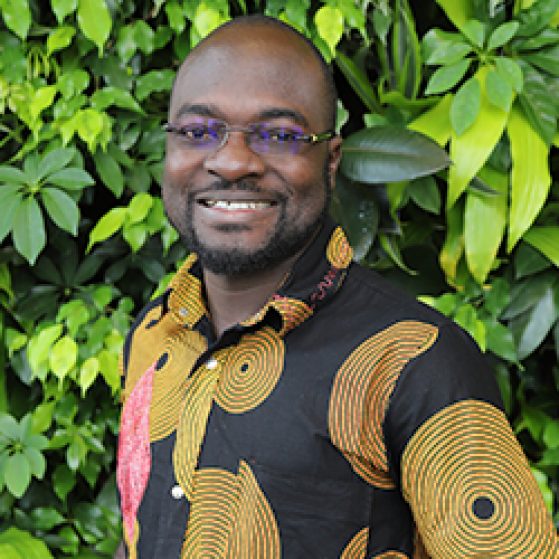
For this, Mukasa Balikuddembe was condemned to death and executed on 15 November 1885, thus becoming the first native Catholic Christian convert to suffer martyrdom.
The floodgates of religious persecution widened in the ensuing months as Christians were construed to be enemies of the Kingdom. Twenty-two Catholic Christian converts who mostly served at the royal court—persecuted between 1885 and 1887 and whose life and death testimonies were earnestly documented by the Catholic Missionaries—will be declared the first African saints of modern times. These Martyrs of Uganda were beatified by Pope Benedict XV on 06th June 1920 and canonised by Pope Paul VI on 18th October 1964.
The Exhibition
In commemoration of the 60th anniversary of their Canonisation, the Centre for African Studies at Uganda Martyrs University plans to co-curate a multi-media exhibition on the Uganda Martyrs for their Diamond Jubilee as Saints.
This co-curation of this first-ever historical exhibition will take place in collaborative partnership with owners of these rare exhibits and relics, who include the Archdiocese of Kampala, the Vatican Dicastery for Communication, the Missionaries of Africa (White Fathers) and St Joseph’s Missionary Society (Mill Hill Fathers) on the one hand, and a host of academic (Makerere and Michigan universities), faith-based (Ggaba Catholic Professionals), custom-based (Buganda Kingdom), and government-based (Ministry of Tourism) institutions, on the other.
This Exhibition will draw from an array of written, photographic, and audio-visual archival materials as well as relics from different repositories in Kampala (Kampala Archdiocesan Archives and Buganda Kingdom), Rome (White Fathers Archives), Liverpool (Mill Hill Fathers Archives) and the Vatican (Multimedia Editorial Archives).
It will critically chronicle the story of the first Catholic faithful from their condemnation and burning at stakes at Namugongo in the late 19th century to their canonization in Rome in 1964.
At the core of the story being curated is the meaning-loaded Gospel precept of “Give to Caesar what belongs to Caesar and to God what belongs to God” (Matthew 22, 21). How did the Church and the State, as institutions, meet and interact in Uganda? How did faith and politics manifest in the lives and choices of Uganda’s early converts to Christianity?
These are interrogations to which there were and still are no simple answers. Martyrdom became the path chosen when the would-be Martyrs were faced with demands from the king that ran counter to their Christian instruction and values.
In the words of a prolific Mill Hill Missionary, Rev. J.P. Thoonen, these Uganda Martyrs “[h]aving been trained from childhood to unswerving fidelity and allegiance to the sacred office of the king, whose trusted servants they were proud to be, [they] rose unhesitatingly to that perfect loyalty which gives to Caesar the things that are Caesar’s and to God the things that are God’s.”
Contemporary viewers and listeners will therefore be ushered into a complicated story that this Historical Exhibition hopes to tell. The Exhibition will open to the public on 15 September and close on 31st October 2024 at UMU Lubaga Campus.
It is our deep-seated hope that, through this historical retrospective about the life and death of these canonized Uganda Martyrs, believers, and non-believers today may recover a fuller and richer sense of vocation for public life.
The writer is the Chief Curator and Chair, the Centre for African Studies at Uganda Martyrs University –dntshimba@umu.ac.ug.







